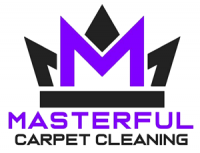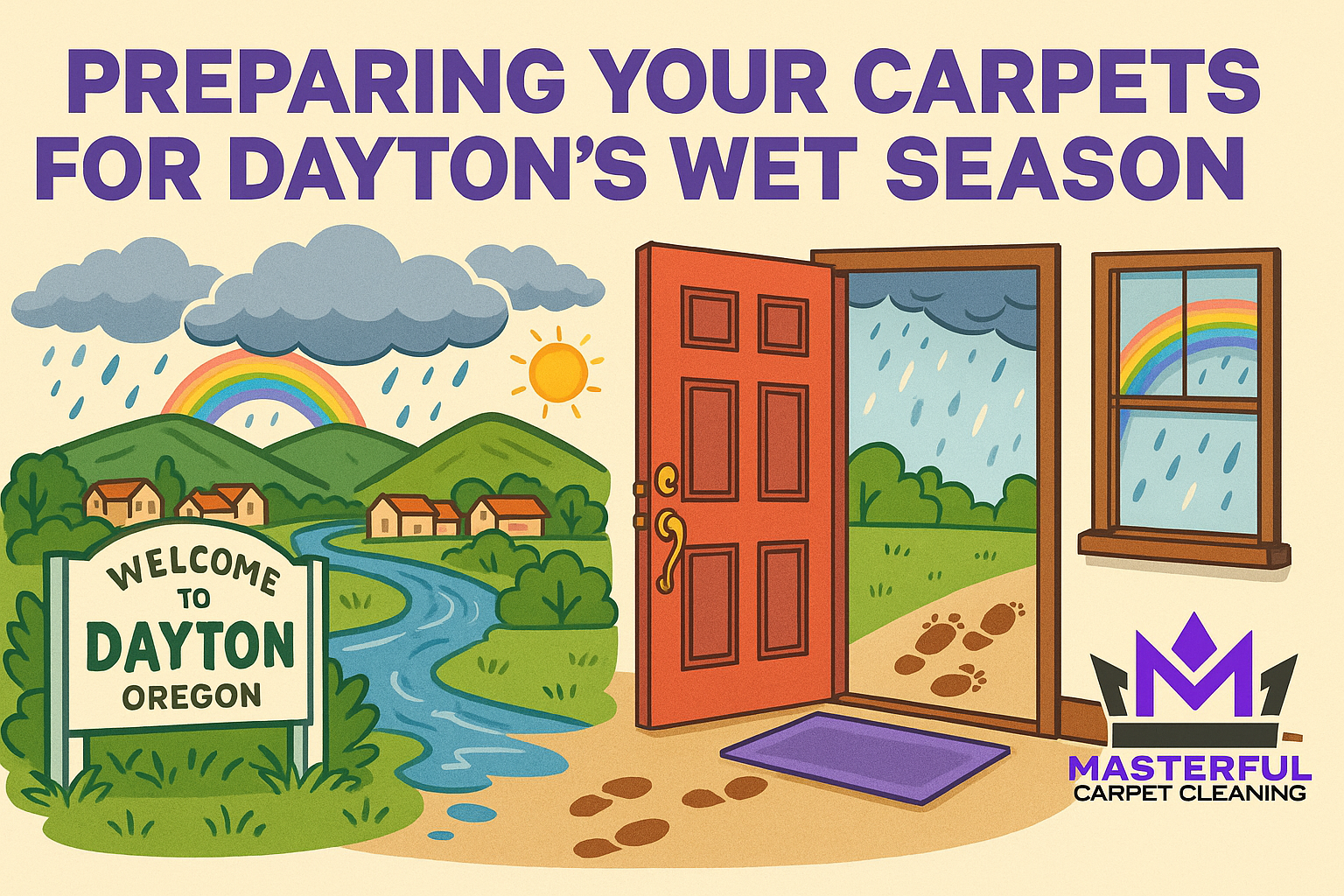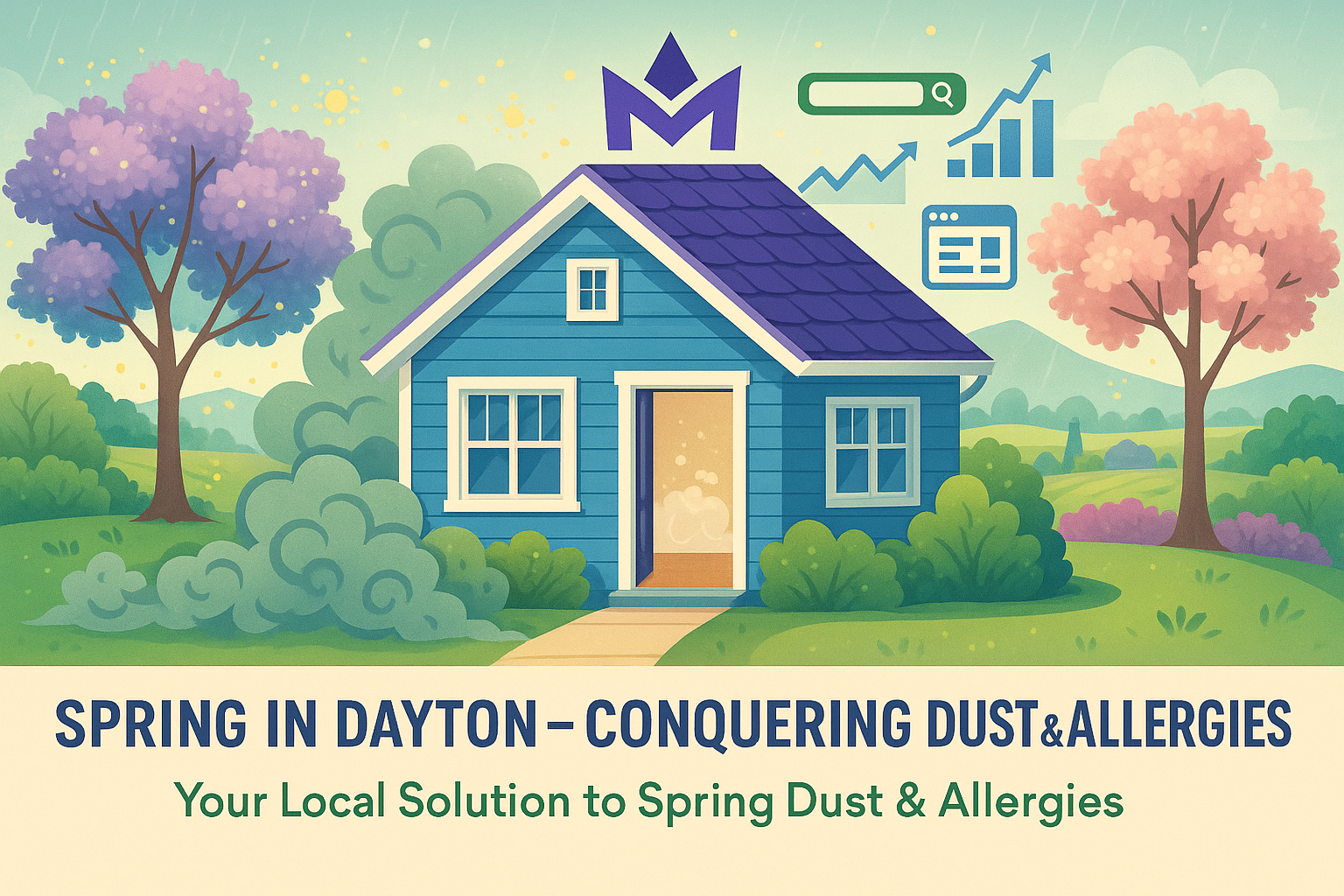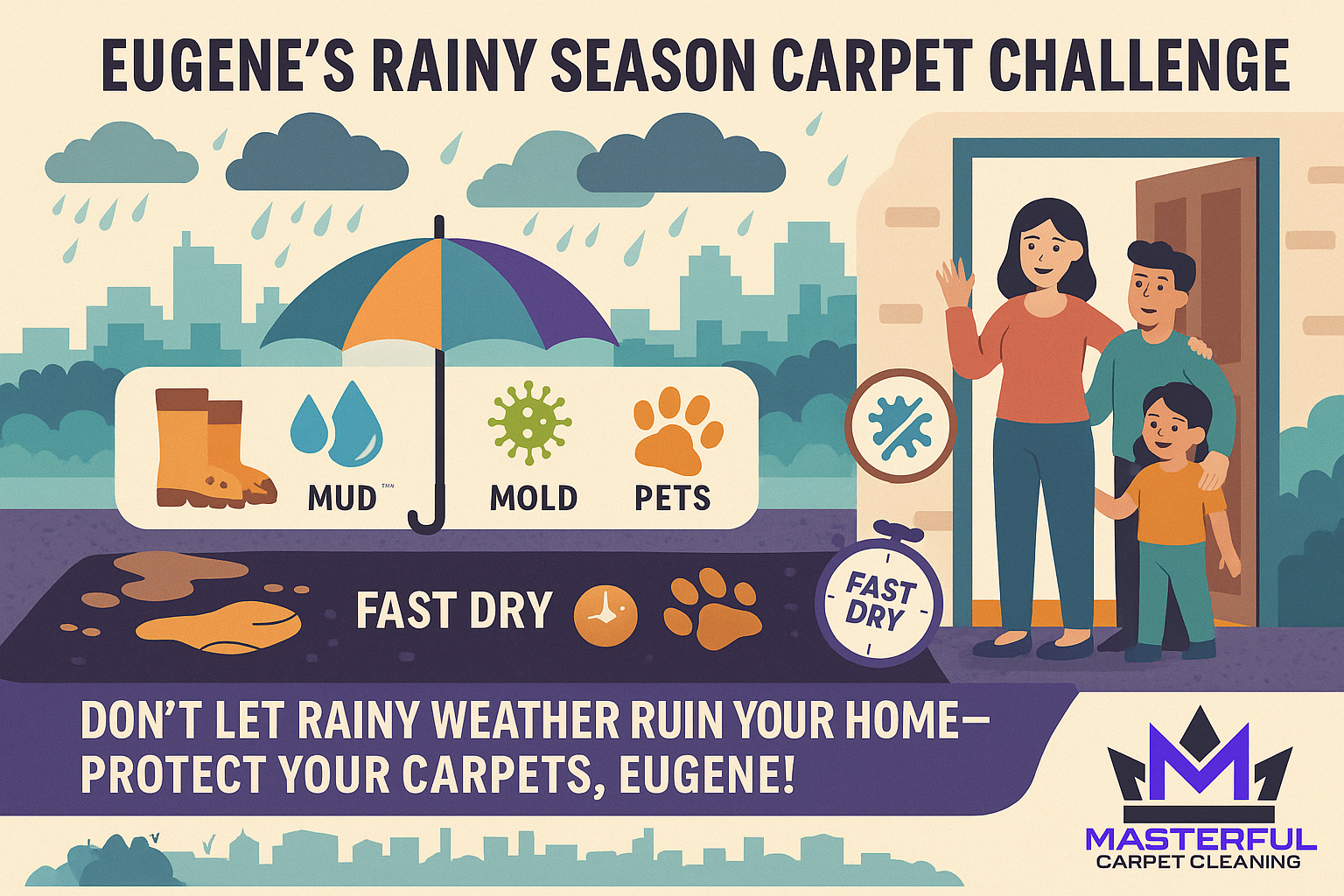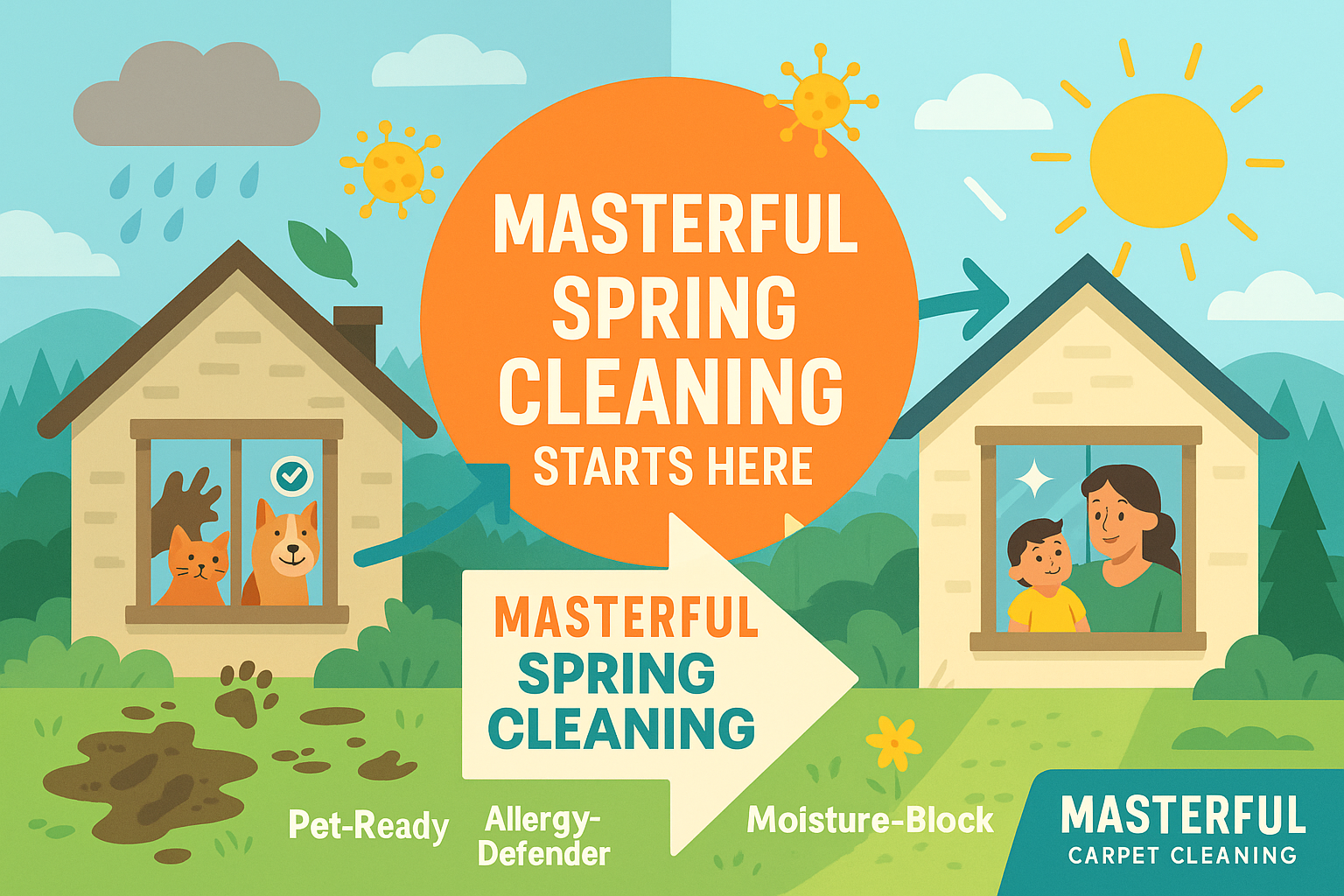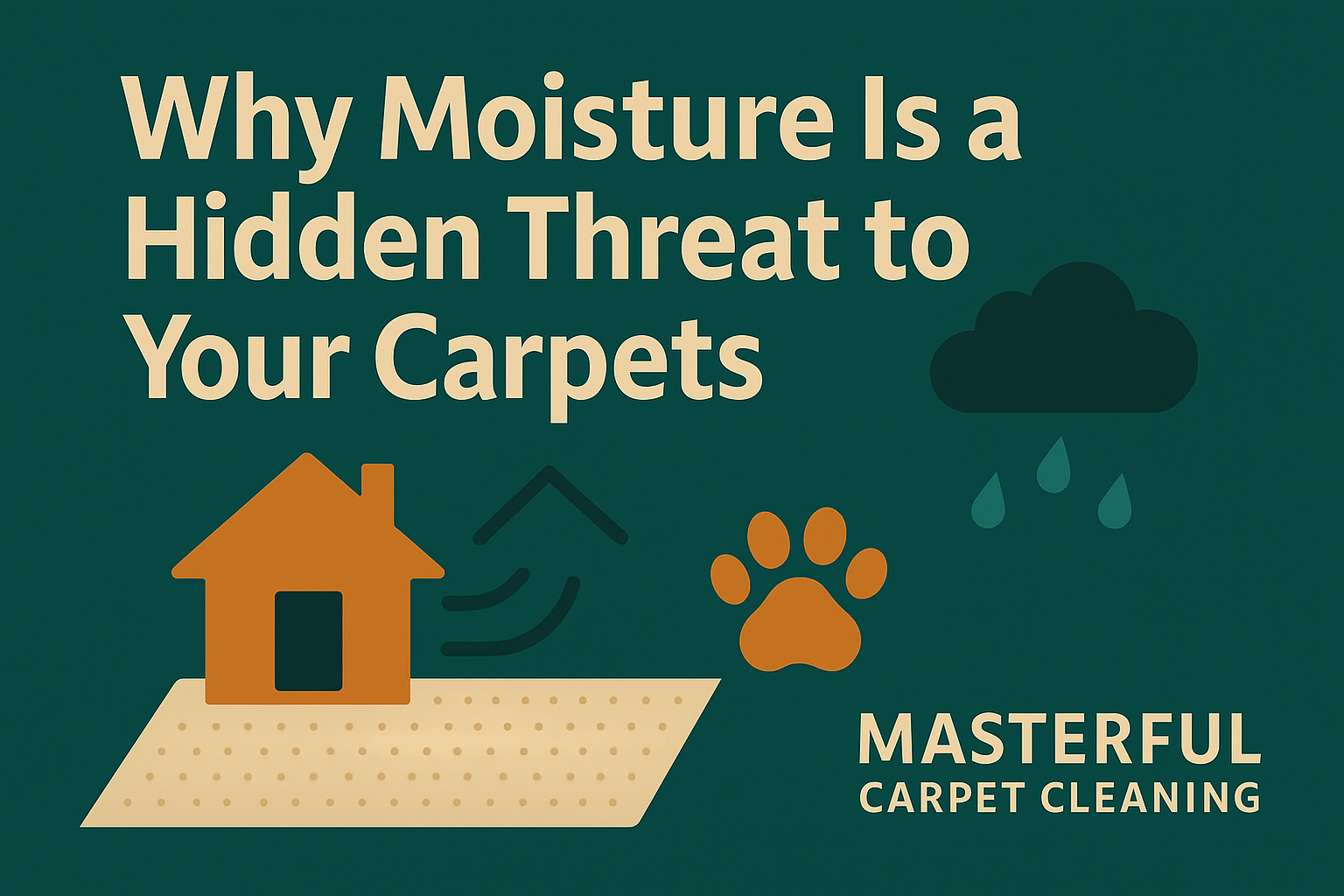Types of Mops and Their Specific Uses for Floor Cleaning
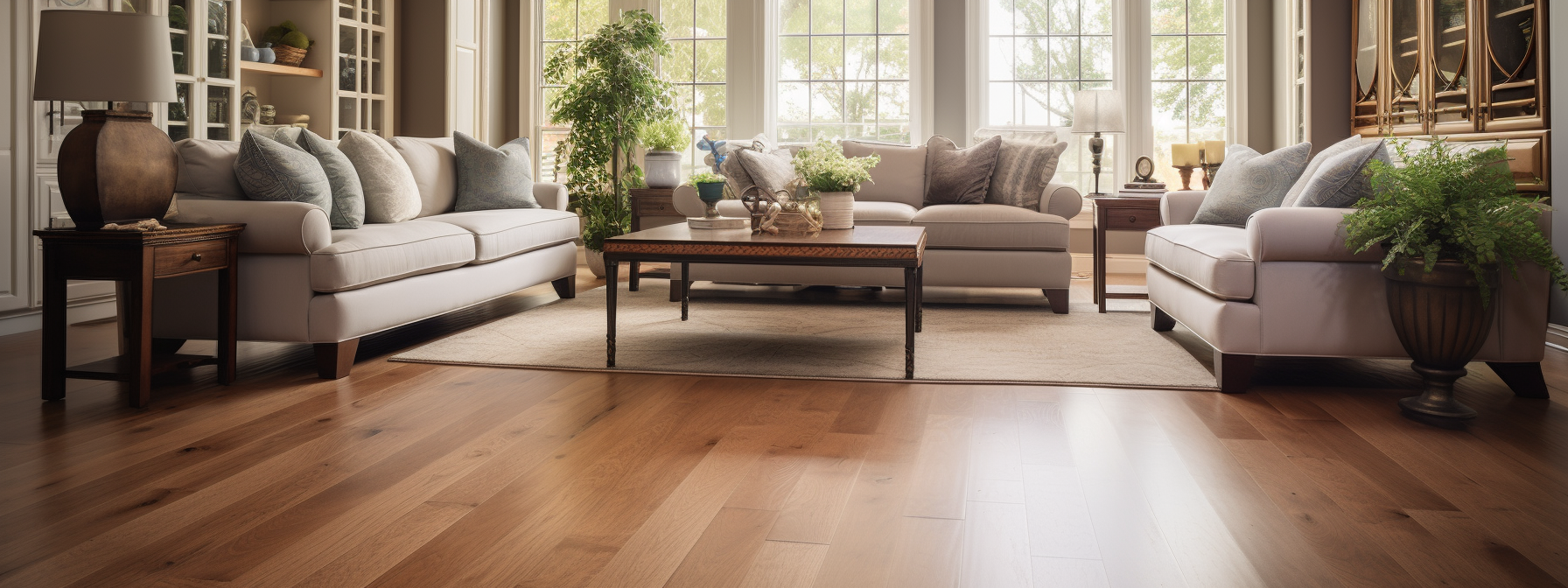
Mopping, is a seemingly simple household task, maintaining cleanliness and hygiene within residential and commercial spaces.
Diversity and Importance of Mops in Floor Cleaning
Mops, as fundamental cleaning tools, come in various types, each designed to address specific cleaning needs and floor types.
These cleaning implements are essential for removing dirt, dust, and grime from hard floors, a task that often seems endless but is made more manageable with the correct mop type.
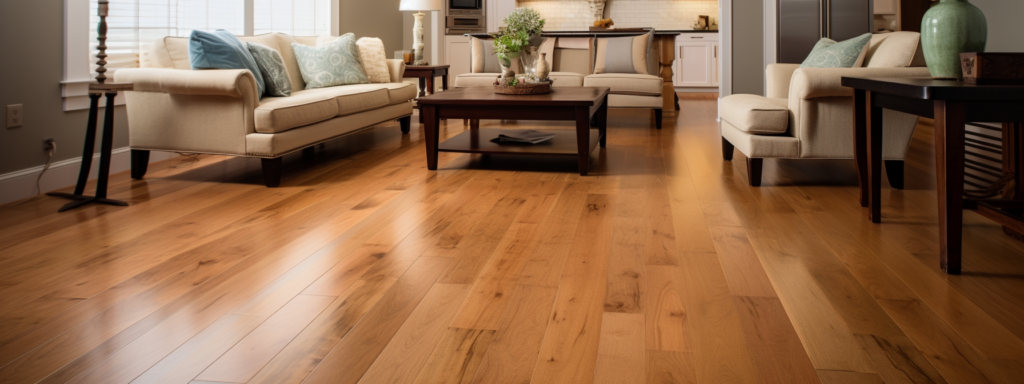
Types of Mops and Their Specific Uses
Understanding the diverse array of mops available is essential for effective floor cleaning. This section enumerates various mop types, outlining their specific applications and characteristics.
- Flat Mops: Ideal for vinyl or hardwood flooring due to their minimal water usage. Flat mops are easy to maneuver into small spaces and often feature removable heads for easy cleaning.
- Sponge Mops: Known for their high absorbency, sponge mops are excellent for spills. They are user-friendly and reach hard-to-access places but can get heavy as they absorb liquid.
- Dust Mops: Primarily used for removing dust and debris, dust mops are effective for large buildings and ceiling fans. They are more efficient than brooms but are not designed for tight spaces.
- String Mops: The quintessential mop with high absorbency, suitable for commercial and large domestic spaces. They can leave floors excessively wet and may reintroduce dirt into the cleaning water.
- Strip Mops: Similar to string mops but with fabric strips. They are versatile for both wet and dry use and have removable heads. Their size limits their effectiveness in larger areas.
- Steam Mops: Electric mops that clean and sanitize using steam, suitable for hard floors and carpets. They are effective for stubborn stains and spills but require the cleaning cloth to be washed after each use.
- Spin Mops: Equipped with a spinning function for effective wringing and cleaning, spin mops are ideal for smaller spaces and stubborn stains. Manual spinning is required during cleaning.
- Microfiber Mops: Known for their excellent cleaning abilities and high absorbency, microfiber mops can be used wet or dry. They are durable and easy to clean but may struggle with stubborn stains.
- Static Mops: Used for dry cleaning, static mops effectively collect dust, dirt, and debris with microfiber. They are useful for hard-to-reach areas but may be less durable.
- Brush Mops: A combination of a broom and mop, brush mops are effective for scrubbing stains and can be used both indoors and outdoors. Their stiff bristles may scratch certain floor types.
- Robot Mops: Automated mops that offer hands-free operation, suitable for busy individuals. They can navigate hard-to-reach areas but may not effectively clean larger stains and require frequent maintenance.
Each mop type presents unique benefits and limitations, making it very important to select the right mop for the specific cleaning requirements and floor types.

Specific Uses of Each Mop Type
Each mop type serves a distinct purpose, making them uniquely suited for specific cleaning tasks. The following details illustrate the appropriate use for each type of mop:
- Flat Mops: Best for vinyl and hardwood flooring, flat mops are ideal due to their minimal water usage. Their slender shape allows them to access nooks, crannies, and corners easily. They offer both wet and dry cleaning capabilities and are particularly beneficial for small spaces.
- Sponge Mops: Highly absorbent, sponge mops are suitable for cleaning up spills. They are effective in scrubbing away dirt and are convenient for hard-to-reach areas. These mops are particularly useful for kitchens and areas prone to frequent small spills.
- Dust Mops: Exclusively for dust removal, dust mops are efficient in preparing floors for wet mopping. They excel in large buildings and are great for reaching high places like ceiling fans. They are not effective in tight spaces and don’t clean the floor but only remove dust and trash.
- String Mops: Traditional and commonly used, string mops come with a bucket for washing liquid and wringing. They are suitable for commercial and large domestic spaces but may leave floors excessively wet.
- Strip Mops: Similar to string mops, strip mops use fabric strips instead of strings. They can be used wet or dry, are good for homes and offices, and their heads are usually machine washable. They are not ideal for larger areas.
- Steam Mops: Steam mops use steam to clean and sanitize, working well on both hard floors and carpets. They are effective for stubborn stains and spills, sanitizing surfaces without the need for a bucket. These mops require the cleaning cloth to be washed after each use and are not always suitable for quick or light cleaning tasks.
- Spin Mops: Equipped with a spinning function for wringing out water, spin mops are beneficial for those who require a heavy-duty mop but have limited arm strength. They are effective on stains and suitable for smaller, hard-to-reach places.
- Microfiber Mops: Known for their excellent cleaning abilities, they are absorbent and can be used wet and dry. They are durable, easy to clean, and suitable for regular home use, although they may struggle with stubborn stains.
- Static Mops: Used for dry cleaning, static mops effectively collect dust, dirt, and debris using microfiber. They are useful for hard-to-reach areas but may be less durable compared to other mop types.
- Brush Mops: Combining the functions of a broom and mop, brush mops are effective in scrubbing away stains. They are particularly useful in kitchens for eliminating food and drink stains but may scratch certain floor types.
- Robot Mops: Automated mops that offer hands-free operation, suitable for those who cannot dedicate time to manual cleaning. They navigate hard-to-reach areas but may not effectively clean larger stains and require frequent maintenance.
Each mop type’s design and functionality make it suitable for specific cleaning scenarios, ensuring efficient and effective cleaning for various spills, stains, and surfaces. Selecting the appropriate mop type is vital for achieving optimal cleaning results.

Comparative Analysis of Mops for Various Floor Types
This analysis compares different mops to determine which are best suited for various floor types, ensuring optimal cleaning results.
- For Laminate Floors: Dry and spray mops, notably the Swiffer WetJet Spray Mop, are highly recommended. They are effective in spot cleaning without over-saturating the floors, which can cause damage.
- For Hardwood Floors: Microfiber mops are ideal as they absorb dirt, grime, and germs efficiently. The Mangotime Mop, a versatile microfiber mop, is suitable for all types of wood floors.
- For Tile, Ceramic, or Porcelain Floors: Steam mops, like the Bissell Power Fresh Steam Mop, offer deep cleaning and chemical-free sanitation. They are effective in removing stains and eliminating germs and bacteria.
- For Linoleum, Vinyl, and Tile Floors: Sponge mops, particularly the Casabella Original Mop, are excellent. They absorb liquid spills effectively and can scrub off stubborn dirt and grime.
- For Commercial or Heavy-Duty Cleaning: Looped-end string wet mops, such as the Yocada string mop, are perfect. These mops are highly absorbent, making them ideal for cleaning up wet spills on various surfaces.
- For Versatile and Easy Cleaning: Spin mops, like the O-Cedar Microfiber Spin Mop, offer convenience and effectiveness. They are suitable for all surfaces, with a design that easily fits into corners and is easy to clean.
- For Automated Cleaning: Smart mops, such as the iRobot Braava Jet, provide hands-free cleaning. They are efficient for wet mopping, damp mopping, and dry sweeping, and are equipped with navigation technology for effective cleaning.
This comparative analysis underscores the importance of selecting the right mop type based on floor material and cleaning requirements, ensuring effective and safe floor maintenance.
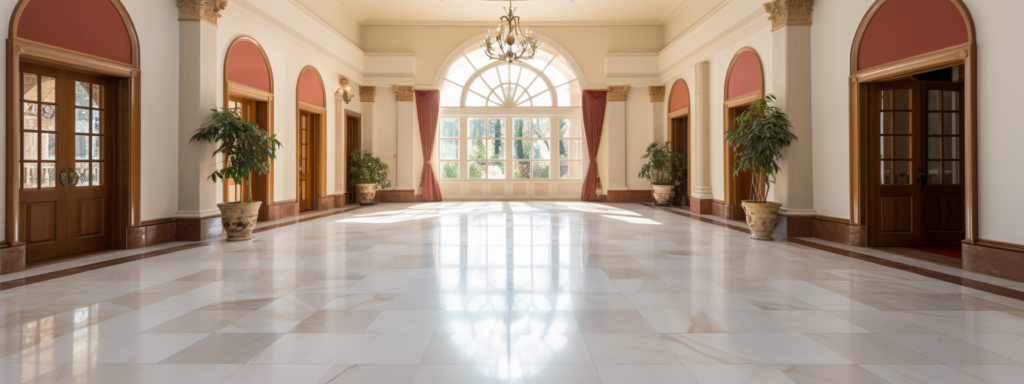
Maintenance and Care Tips for Mops
To ensure the longevity and effectiveness of your mops, it’s important to maintain them properly. Different types of mops require specific care methods:
- General Maintenance:
- Cleaning After Use: Clean the mop after every use by rinsing the head under running water or using a cleaning solution. For deeper cleaning, soak the mop head in a cleaning solution every three to four uses.
- Drying: Always air dry the mop completely before storing it in a cool, dry place to prevent mold and bacterial growth.
- Storage: Ensure mops are stored in a hygienic and sanitary space. Improper storage can lead to bacterial growth and deterioration of the mop.
- Specific Mop Types:
- Cotton Mops: Require hand washing with gentle detergent.
- Microfiber Mops: Should be washed with mild detergent and warm water.
- Sponge Mops: Need to be rinsed after use and cleaned with hot, soapy water.
- Spin Mops: Can be soaked in soapy water. If they have removable heads, they can be cleaned in the washer or dishwasher.
- Disinfecting: Periodically disinfect your mop to keep it germ-free. Soak the mop head in a water and disinfectant solution, but be cautious of products that may damage the mop fibers.
- Cleaning Process:
- Pre-Cleaning: Remove any loose debris, hair, or dirt by shaking the mop out or rinsing it under running water.
- Washing Technique: Use cleaning gloves during the process. For traditional cotton mops, use hot water with a small amount of gentle detergent. Microfiber cloth mops and machine-washable cotton mops should be cleaned according to the manufacturer’s guidelines.
- Drying Method: After washing, squeeze out excess water and hang the mop up or lay it flat to air dry thoroughly.
- Caution in Cleaning:
- Gentle Handling: Avoid rough handling and strong chemicals, which can damage the mop fibers.
- Manufacturer’s Guidelines: Always refer to the manufacturer’s guidelines for specific cleaning instructions, especially for specialized mop systems like spin mops.
By adhering to these maintenance and care tips, you can significantly extend the life of your mops and maintain their cleaning efficiency.
Remember, the care you give to your cleaning tools reflects directly on their performance and the cleanliness of your space.

Environmental Considerations in Mop Selection
Selecting the right mop involves considering its environmental impact. Here are some key aspects to consider:
- Impact of Conventional Mops:
- Plastic Consumption: Conventional mops often have plastic handles, the production of which requires non-renewable resources and contributes to carbon emissions. These plastics frequently end up in landfills or oceans, creating sustainability issues.
- Deforestation: Disposable mop products, generally made of paper fibers, necessitate deforestation, impacting ecosystems that produce oxygen, filter air, and house diverse species.
- Toxic Chemicals: Manufacturing paper-based mop products involves toxic chemicals, leading to substantial carbon emissions and pollution of waterways, which is detrimental to the environment.
- Eco-Friendly Mop Features:
- Mop Head Material: Cotton mop heads are eco-friendly, biodegradable, and easily washable. They may be prone to staining and microbial growth if not properly maintained. Cellulose sponge heads for sponge mops are another eco-friendly option due to their biodegradable nature.
- Mop Handle Material: While metal and plastic handles are commonly used and recyclable, opting for sustainable materials like bamboo, FSC-certified wood, or recycled plastic is more environmentally sound. It’s also important to ensure that these materials are recyclable.
- Reusable and Washable Mop Heads: Choosing machine-washable and reusable mop pads significantly reduces environmental impact compared to disposable alternatives. This approach is more sustainable as it minimizes waste.
- Packaging and Shipping:
- Eco-Friendly Practices: Prioritize companies that use recycled or biodegradable packaging and employ carbon-neutral shipping methods. Local sourcing is also a vital factor, as the environmental benefits of eco-friendly mops can be negated by long-distance shipping that relies on fuel-intensive transportation.
When selecting mops, it’s important to consider the materials used in their construction, the manufacturing process, and their overall sustainability.
By choosing eco-friendly options, consumers can contribute to a healthier environment while still maintaining effective cleaning practices.
Recommendations
In choosing the right mop, consider floor type, environmental impact, and maintenance requirements. Microfiber mops excel on hardwood, while steam mops are ideal for tile.
Prioritize eco-friendly materials and ensure regular, gentle cleaning for mop longevity. Your choice should balance cleaning efficiency with environmental consciousness and ease of maintenance.
Author
-

As the Co-Owner of Masterful, Randy has been providing quality cleaning services to the Salem and Portland areas of Oregon for many years. He has built a reputation for excellence in the industry. His team take prides in using the latest cleaning techniques and technologies to deliver exceptional results every time.
View all posts
